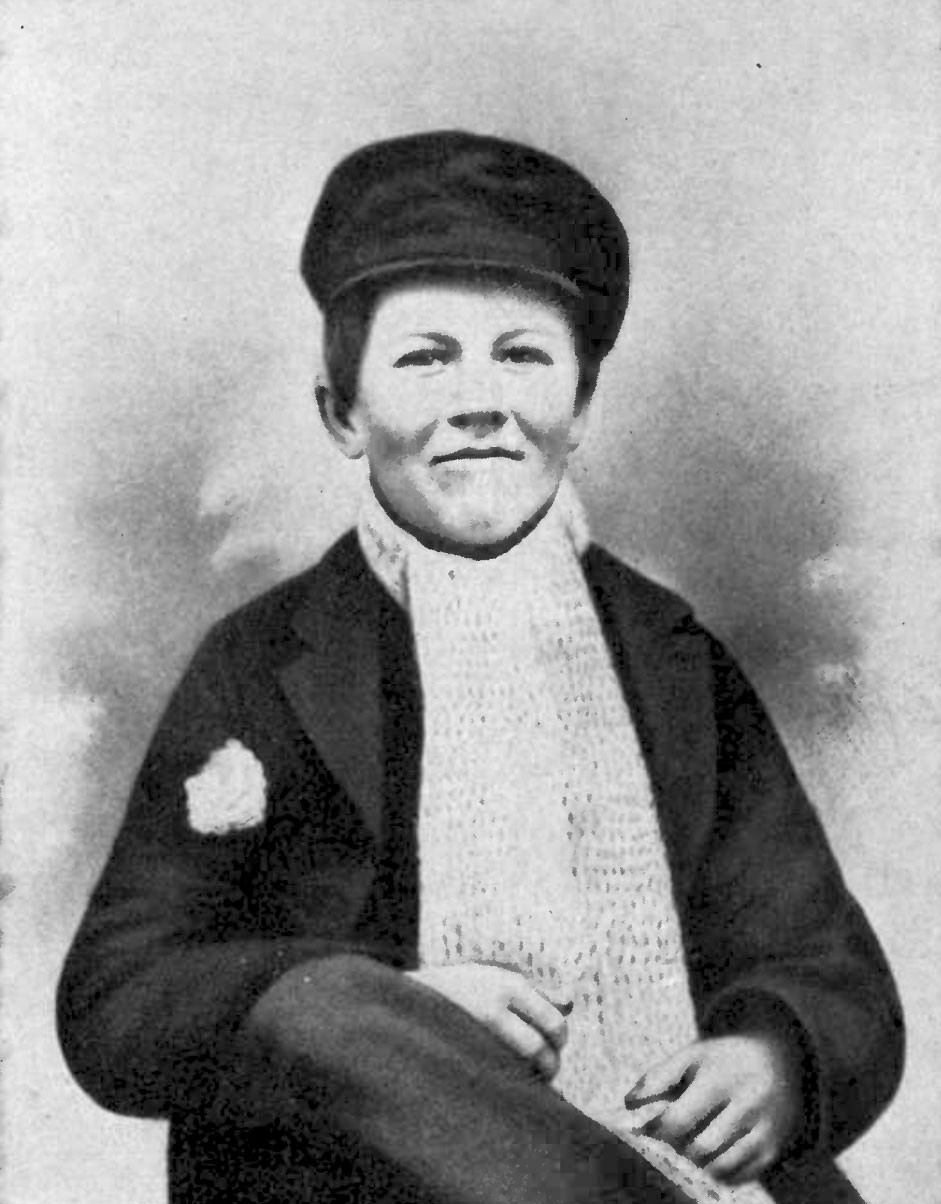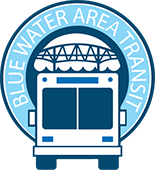A RICH HISTORY OF PUBLIC TRANSPORTATION
Blue Water Area Transit continues the proud tradition of public transit that has served Port Huron for more than a century. Nationally, the Port Huron community has always been an innovator in public transit. Port Huron was one of the first communities in the country to operate an electrified transit system in the 1880’s and one of the first to operate motor coaches when they became popular in the 1930’s.
Public transportation developed its start in Port Huron when the first railroad station was located a mile north of the community. The station served the military reservation and moved cargo across the St. Clair River to Point Edward Ontario. Shortly after the Grand Trunk Railroad began service from Detroit to Port Huron in 1859, local entrepreneurs were planning transit service to connect the Grand Trunk station to the bustling downtown of the city that claimed some 5,000 citizens.
While young Thomas Alva Edison was selling fruit and newspapers to customers on the train between Port Huron and Detroit, his older brother, William Pitt Edison, was operating the first public transit system in the community. The system was a single horse-drawn bus taking passengers from the train station into town. William Edison and some associates soon launched a more ambitious plan and began the Port Huron and Gratiot Street Railway Company to provide horse-drawn streetcar service along several rail routes.
The new service began in 1866, a few years after Tom Edison left the community to seek his fame and fortune elsewhere. Tom’s brother, William, was not as successful as his innovative younger brother. After he became wealthy and famous in New Jersey, Thomas Edison subsidized his older brother’s losses from operating streetcars in Port Huron. Meanwhile, the Port Huron public enjoyed the ten cent fares and the service provided by the Port Huron and Gratiot Railway.
A new age dawned as Thomas Edison’s boyhood home became one of the first small cities in the country to have electric streetcars in 1886. But it wasn’t Thomas Edison’s firm involved in the switch to electricity. The Van Depeole Manufacturing Company of Chicago built the Port Huron Electric Railway. After restructuring and expansion, the new public transit system became City Electric Railway and provided continuous service until 1930.
In 1927 a fleet of five motorcoaches began operating along four of the streetcar lines and by 1930, the electric streetcars could no longer compete. The electric street cars were sold and moved to Mt. Clemens. From that time on, the internal combustion engine became the motive force for public transit in Port Huron to this day.
Port Huron, thus, has had some form of public transit for 143 of the past 151 years. (The community was without public transit from 1968 to 1976.)
When the last of the private operations ceased in 1968, public officials began looking for alternatives. Port Huron, Fort Gratiot Township, the state government and the Southeastern Michigan Transportation Authority began to seriously study transportation needs in 1974. The present bus service began in September, 1976. Since then, the Blue Water Area Transit system has carried over 29,000,000 riders in the 104.15 square mile service area.

As a boy, young Thomas Edison sold fruit and newspapers to customers on the train between Port Huron and Detroit.
